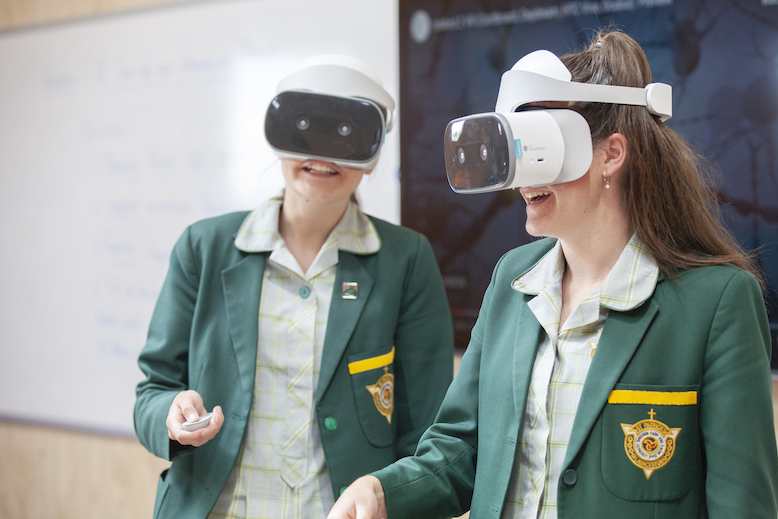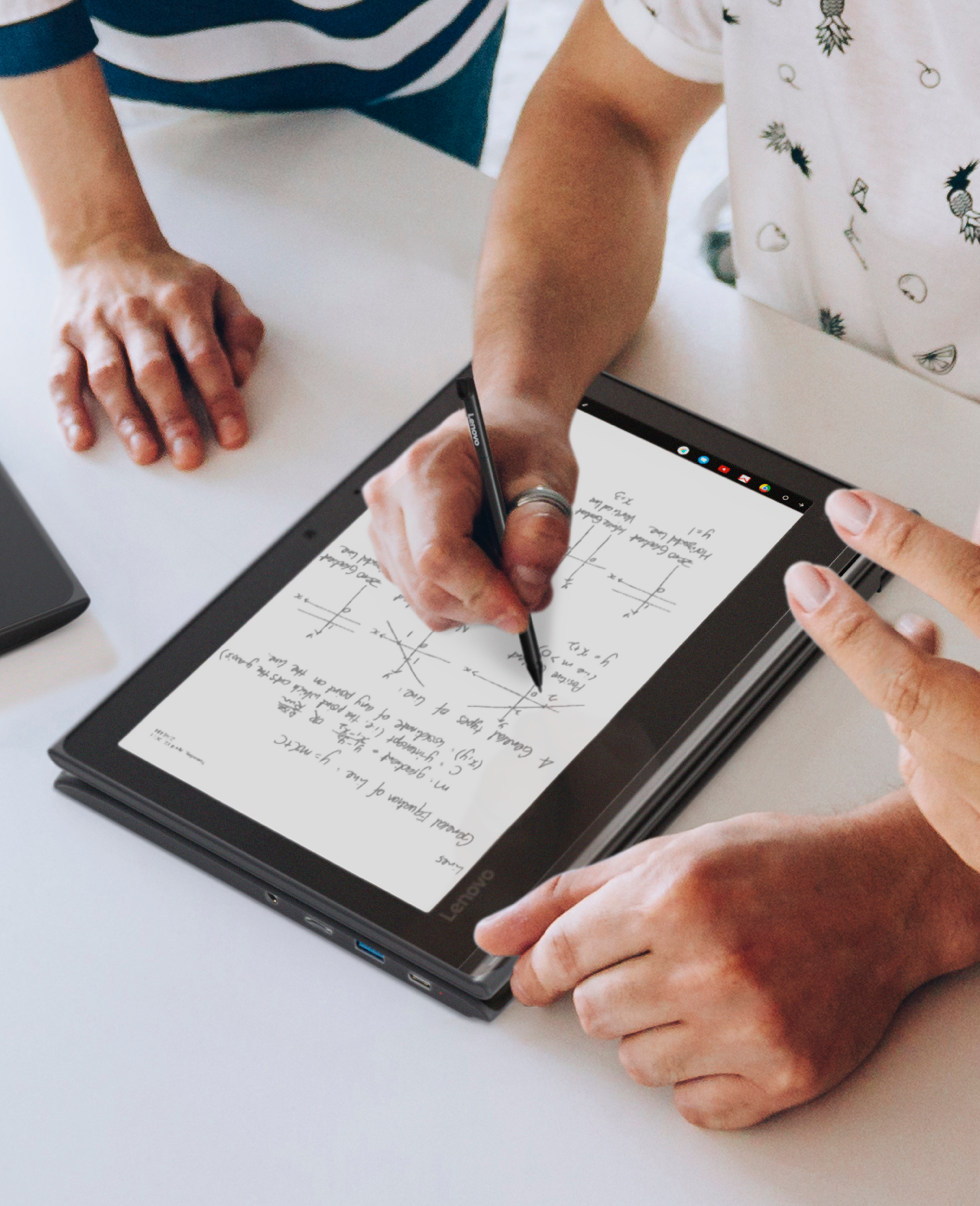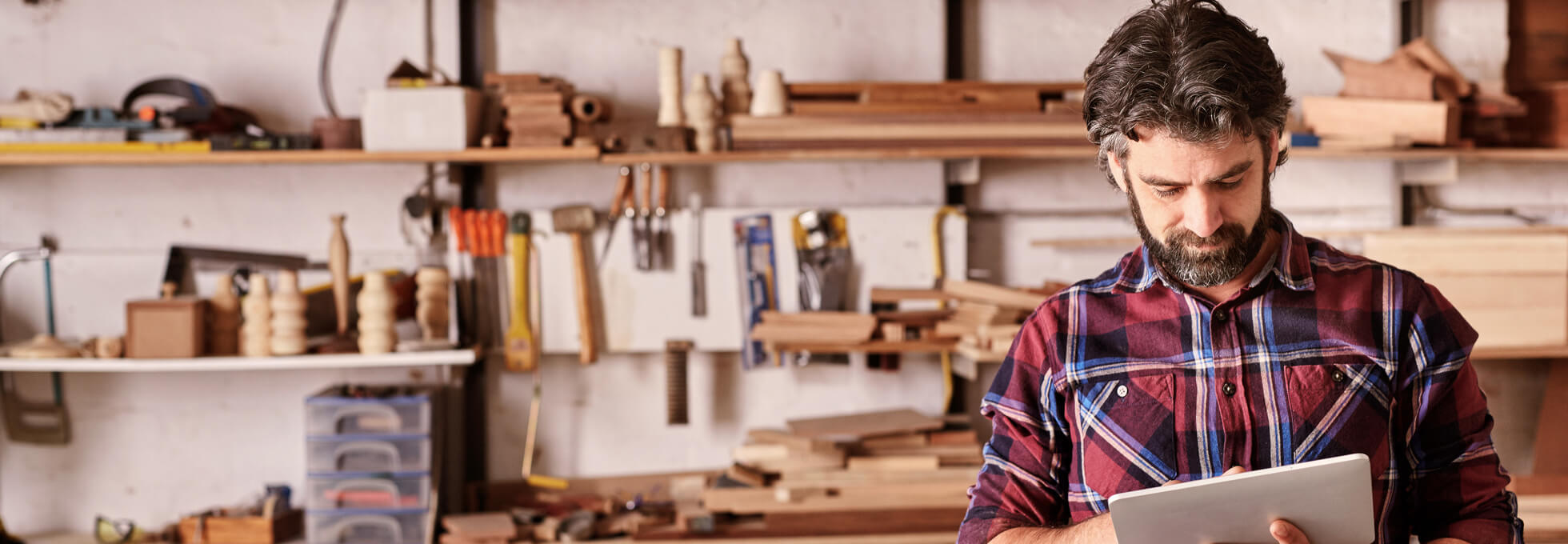Article | Education
Virtual Reality in the Classroom | A New Reality Thanks To
Lenovo and St Patrick’s College in Launceston have been working together to deliver a more immersive educational experience by bringing virtual reality into the classroom.
The school has been leveraging the Lenovo Mirage Solo headsets to assist educators by transforming their lessons and broadening the possibilities of learning for all.
Technology in the classroom is evolving at the rate of innovation. In some classrooms, PC’s and tablets are replacing textbooks, whilst emerging technology such as smart boards are increasingly seen as a necessity not an accessory.
At Lenovo, we believe in Smarter Technology for All. We believe that smarter technology can solve problems, create opportunities and transform the way we all live, learn, work and heal. That is why we work to provide everyone with access to technology that will allow them to achieve their own intelligent transformation – especially with learning for students.
It is to that end, that we are helping transform classrooms in Australia through the application of virtual reality. Below, we discuss how the Lenovo Mirage Solo is transforming the educational possibilities of students at St Patrick’s College in Launceston, Tasmania.
St Patrick’s Virtual Reality Program
Lenovo started working with St Patrick’s in late 2018 with the provision of 15 Lenovo Mirage Solo VR headsets to the school. Today, students in year 7 through to 12 use the devices across various subjects, bringing about a revolution in the way subjects like English, history, science and even physical education can be taught.
Technology has become more prominent in the classroom over the past 15 years and now virtual reality is offering a new level of immersion to assist in the continued digital transformation of the classroom. The introduction of the Lenovo Mirage Solo has empowered teachers to integrate virtual reality lessons and field trips into their curriculum, leading to meaningful outcomes for the students.
For the school’s Digital Technology Learning Leader, Matthew McGee, introducing digital learning to the school curriculum was another step in developing a world class education for the students of St Patrick’s College.
“I strongly believe technology has the ability to excite critical change in the classroom. Partnering with Lenovo to introduce virtual reality into the classroom encouraged students to be excited, engaged and deeply immersed in their learning, igniting a new connection with their syllabus. The program we spearheaded gives us a glimpse into the future of learning and demonstrates the benefits technology can have on student development.
Working side by side with Lenovo to deliver the outcomes we wanted for our students has been a delight and we look forward to an ongoing partnership in efforts to evolve the classrooms of St Patrick’s College for years to come.”

From Conservation To Athlete Development
The applications of virtual reality in the classroom are near limitless, with students in every grade, and every subject able to benefit.
Year 7 students were invited to ‘step into ecology’ to experience nature through a virtual immersion. For students living in Tasmania, rainforests, beaches and the wonders of Australia’s great outdoors might be right on their doorstep, but the rest of the world is a long way away.
Through virtual reality, accessing everything from the plains of Africa to the sights and sounds of the Amazon Rainforest is possible right from the classroom. The immersive experience, accessed through a 360 video, allowed students to gain a better understanding of distant environments, building deeper connections with their ecology through virtual proximity.
Further demonstrating the benefits of immersive experiences, year 10 teachers saw the benefits of using virtual reality in their history and English classes first-hand when they took their students on a virtual tour of Auschwitz. The experience, titled Inside Auschwitz, is a virtual reality documentary that sees students gain a better understanding of the conditions at Auschwitz by virtually moving through it. The visual tour is accompanied by audio of a first-hand recollection from a survivor of the Auschwitz and the Holocaust.
Following the experience, teachers noticed a marked improvement in the empathy demonstrated by students through their writing. In many cases, teachers and students said they felt a deeper emotional connection with historical recollections of events following their VR experience, which in combination with traditional research saw their demonstrated understanding of the difficult topics and themes of humanity and inhumanity improve.
Finally, the school’s physical education program has seen the benefits of virtual reality as teachers and coaches simulate game environments to work on the development of their student’s game skills.
Through the Lenovo Mirage Solo, the school’s basketball team have embedded themselves in the action of professional games through NBA League Pass. By getting amongst the action, students are able break down the offensive and defensive plays of professionals from a first-person perspective before applying them in their own game play.
Through virtual reality, students are able to visualise themselves as the athletes, feeling what it is like to be on the court as they run through the movements of game theory play-by-play. By simulating the playing environment, coaches are able to better imitate real life conditions in order to teach concepts such as positioning, teamwork and set-piece plays that improve the student’s on-court game as a result.
In sport, when it comes to the notion that practice makes perfect, virtual reality is a tool that offers great advantage. Students from all grades were able to gain a deeper understanding of game analysis, with physical education teachers reporting a notable improvement in offensive and defensive plays.
Engaged Classrooms - Results Of The New Reality
Anecdotally speaking, teachers of St Patrick’s College have enjoyed the classroom use of virtual reality for its ability to engage and immerse students in their studies. Ultimately contributing to a better understanding of the school curriculum and in turn, better learning outcomes.
For many students, the enhanced visual learning environment and immersive experience improved their understanding, empathy and ability to apply lessons, the benefits of which are being felt everywhere from the basketball court to the exam halls.
“Thank you Lenovo for allowing our class to use the VR headsets, it really helped me with the understanding of concepts I didn’t understand from learning off the whiteboard in class as I am more of a visual learner and going through things in 3D actually made a lot of sense.”
The Mirage Solo allowed me to interact with my own imagination while being able to work by myself without the distraction from others or things around the classroom.”
Year 11 student at St Patrick’s College, Launceston
Lenovo is at the forefront of VR development and continues to play an important role in the emerging tech revolution. Our aim is to continue to combine innovative hardware, cutting-edge software and awe inspiring content to equip teachers with all the tools needed for truly immersive learning.



